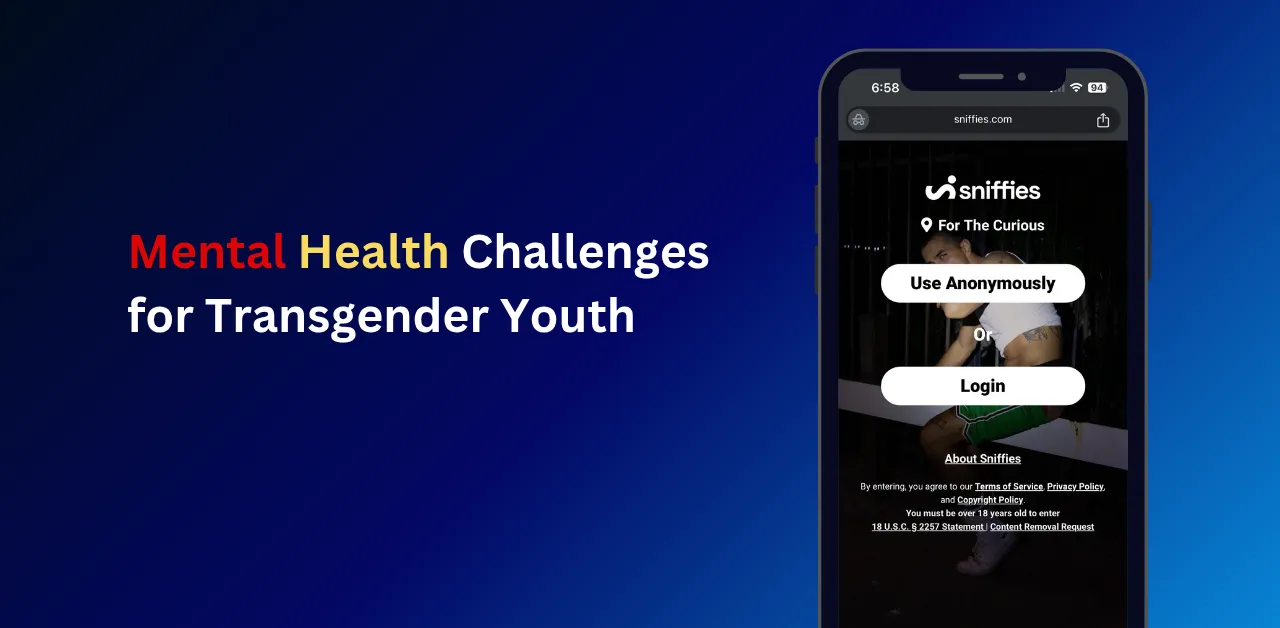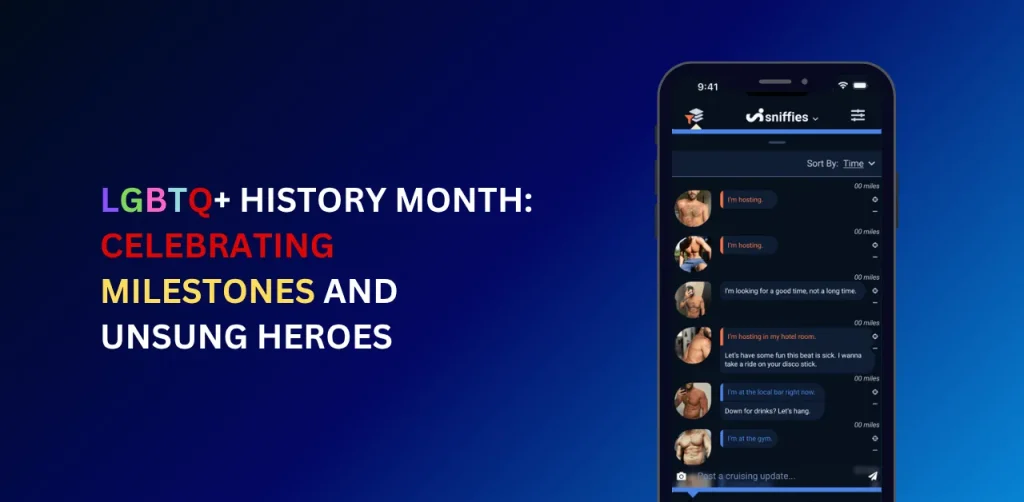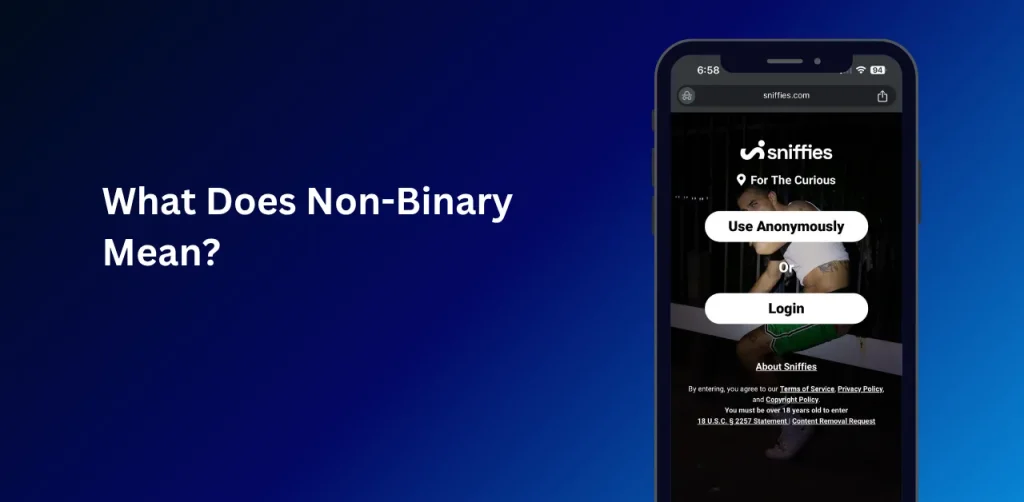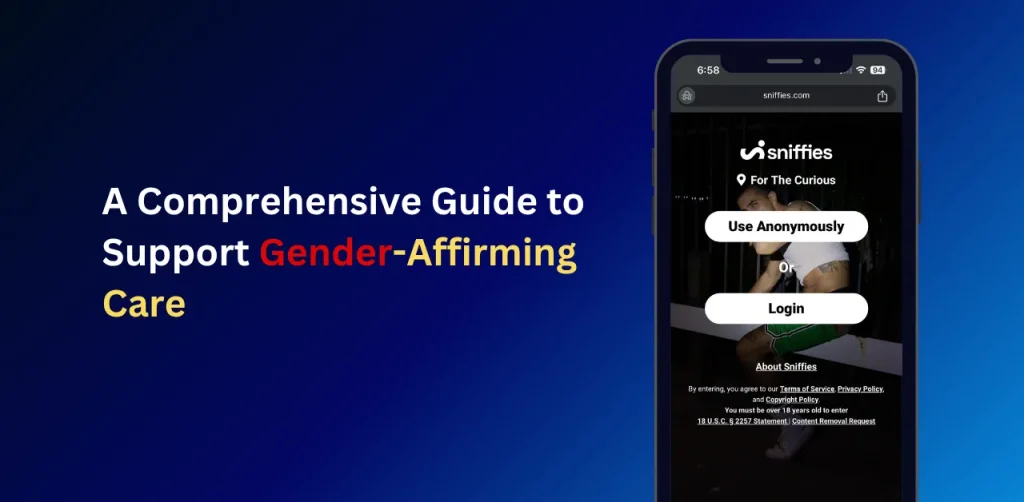Mental Health Challenges for Transgender Youth

Transgender youth, those whose gender identity differs from their assigned sex at birth, face significant mental health challenges due to stigma, discrimination, and lack of support. The Trevor Project’s 2022 National Survey found that 60% of transgender and nonbinary youth experienced discrimination due to their gender identity, with nearly 1 in 5 attempting suicide in the past year. These statistics highlight a critical need for understanding and action.
Key Mental Health Challenges for Transgender Youth
High Rates of Depression and Anxiety
Transgender youth experience depression and anxiety at significantly higher rates than their cisgender peers. The Trevor Project reports that 73% of transgender and nonbinary youth exhibit anxiety symptoms, compared to 58% of cisgender LGBTQ+ youth. Factors include:
- Social Rejection: Bullying and family disapproval contribute to chronic stress, known as minority stress.
- Gender Dysphoria: Distress from a mismatch between body and gender identity can exacerbate mental health issues.
- Discrimination: 77% of transgender youth report discrimination, per a 2020 study, increasing depressive symptoms.
Suicide Risk
Suicide is a pressing concern. The Trevor Project’s 2022 survey noted that 54% of transgender and nonbinary youth seriously considered suicide, with 18% attempting it. Lack of affirming environments, like non-supportive homes or schools, heightens this risk.
Disordered Eating
Transgender youth are at higher risk for eating disorders. A 2021 study found 28% of transgender youth at a U.S. gender clinic screened positive for anorexia or bulimia, often linked to efforts to align their bodies with their gender identity.
People Also Ask Insight: Queries like “Why do transgender youth have higher suicide rates?” reflect informational intent, seeking causes and solutions, which this section addresses with data-driven insights.
Causes of Mental Health Challenges
Minority Stress
The Minority Stress Model explains how chronic stigma, such as rejection or harassment, leads to mental health disparities. Transgender youth face:
- School-Based Discrimination: 58% are denied access to gender-aligned bathrooms, increasing stress.
- Family Rejection: Fewer than 1 in 3 find their home gender-affirming, per The Trevor Project.
Lack of Access to Gender-Affirming Care
Gender-affirming care, like puberty blockers or hormone therapy, reduces mental health risks. A 2022 JAMA study found that transgender youth receiving such care had lower odds of depression and suicidality. Yet, 60% of those wanting care couldn’t access it due to cost, availability, or legislative bans.
Sociopolitical Climate
Legislation targeting transgender youth, like bans on gender-affirming care in states like Arkansas, worsens mental health. A 2022 Columbia University report noted these laws compound stigma and limit care access.
Solutions: Supporting Transgender Youth Mental Health
Access Gender-Affirming Care
Gender-affirming care significantly improves mental health. Steps to access it include:
- Find Specialized Providers: Use directories like The Trevor Project to locate affirming therapists or endocrinologists.
- Understand Options: Social transition (e.g., using chosen names) and medical interventions (e.g., puberty blockers) are reversible and monitored, per WPATH Standards of Care.
- Advocate for Coverage: Push for insurance to cover gender-affirming care, as recommended by the American Medical Association.
Example: A 2022 study showed transgender youth using chosen names at school were 56% less likely to report suicidal behavior.
Foster Affirming Environments
- Family Support: Youth with supportive families attempt suicide at less than half the rate of those without, per The Trevor Project. Use correct pronouns and names to affirm identity.
- School Policies: Schools with anti-bullying policies naming gender identity see lower victimization rates. Advocate for inclusive policies like those in the Equality Act.
- Community Support: LGBTQ+ centers offer safe spaces. Explore Sniffies’ queer community guide for local resources.
Leverage Digital Tools
Social media can enhance well-being when used intentionally. A 2021 study found transgender youth use platforms like Instagram to find community and identity-specific resources. Encourage:
- Curated Engagement: Follow affirming accounts to reduce exposure to negativity.
- Educational Content: Platforms like Sniffies’ queer wellness tips provide coping strategies.
Role of Schools and Communities
School Policies
Schools can reduce mental health challenges by:
- Allowing Name Changes: Permitting chosen names on records lowers depression rates.
- Gender-Affirming Facilities: Access to appropriate bathrooms and locker rooms reduces stress.
- Teacher Training: Training on gender identity decreases bullying, per a 2021 study.
Community Advocacy
- Support Groups: Local LGBTQ+ centers offer peer support and counseling.
- Policy Advocacy: Push for laws protecting transgender youth, like those supported by the ACLU.
Example: A California school implementing gender-affirming policies saw a 30% drop in reported bullying among transgender students.
How can parents support transgender youth?
Use chosen names, seek affirming care, and educate yourself through resources like The Trevor Project.
What is gender-affirming care?
Medical and social interventions, like hormone therapy or pronoun use, that align with a youth’s gender identity.
How does discrimination affect transgender youth?
It increases depression and suicide risk, as shown by a 2020 study where 77% reported discrimination.
Conclusion: Empowering Transgender Youth
Mental health challenges for transgender youth stem from stigma, discrimination, and limited care access, but affirming environments and gender-affirming care can transform outcomes. By fostering support at home, school, and online, we can empower transgender youth to thrive. If you enjoyed this, you might also like our latest article Obergefell v. Hodges or LGBTQ History
check out our latest article The Rise of LGBTQ Senior Communities and aslo check out Supporting LGBTQ Youth in Rural Communities





